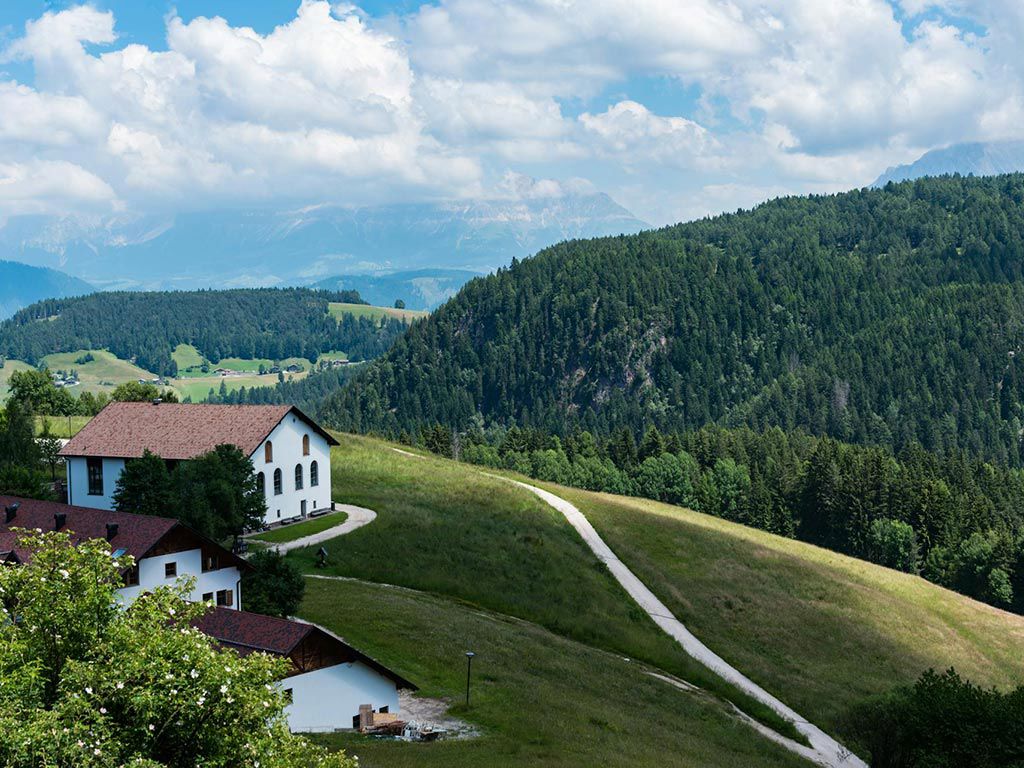

The ample natural amphitheatre, whose hilly profiles delimit the western north of Umbria on the border with Tuscany and the Marches, encloses the Upper Tiber Valley, a territory comprised, as its name suggests, for more than 90% in the catchment basin of the river Tiber and formed by eight municipalities: Citerna, Città di Castello, Lisciano Niccone, Monte S. Maria Tiberina, Montone, Pietralunga, San Giustino and Umbertide, which, in turn, make up the former Mountain Community Upper Tiber Umbro. Maria Tiberina, Montone, Pietralunga, San Giustino and Umbertide, which, in turn, make up the homogeneous area of the former Comunità Montana Alto Tevere Umbro.
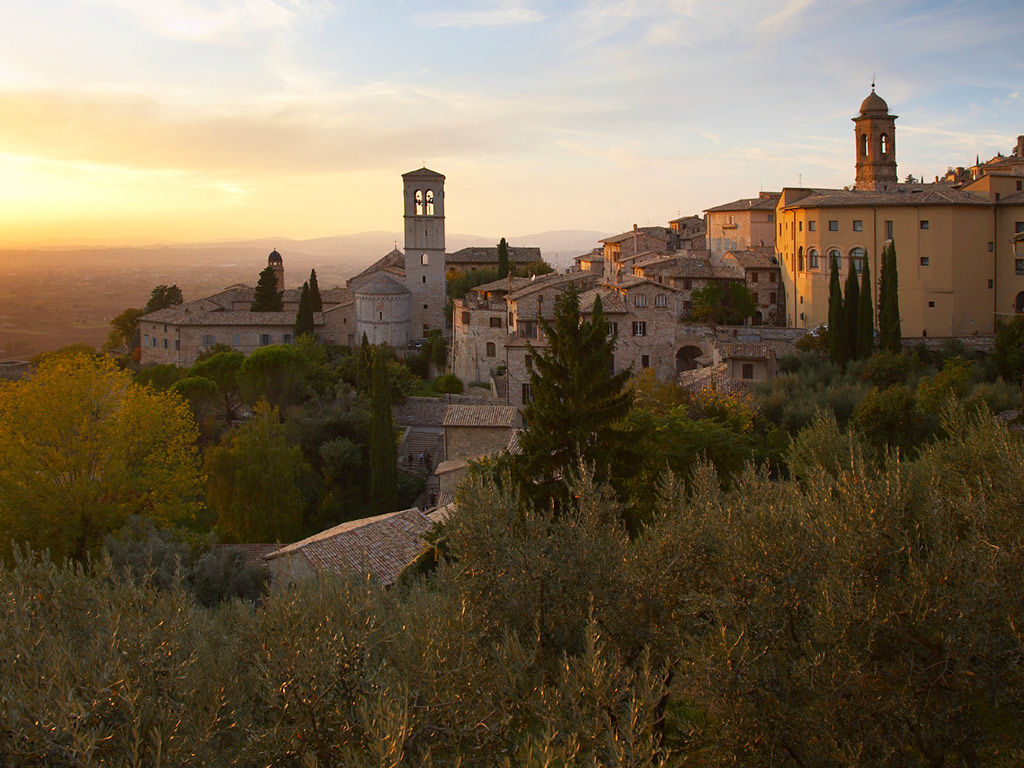
Located on a gentle hilltop amidst the lush, rolling hills of Umbria, it is the most important and populous town in the Upper Tiber Valley.
Home to a rich historical, religious, and artistic heritage, it is still considered a town of great cultural significance. Its ancient monuments, vibrant Renaissance legacy, and the high quality of numerous nationally renowned events attract thousands of visitors each year.
Charming folkloric and musical moments, fascinating craft and agricultural exhibitions, lively village festivals, and major sports events bring life and energy to this beautiful Umbrian community.
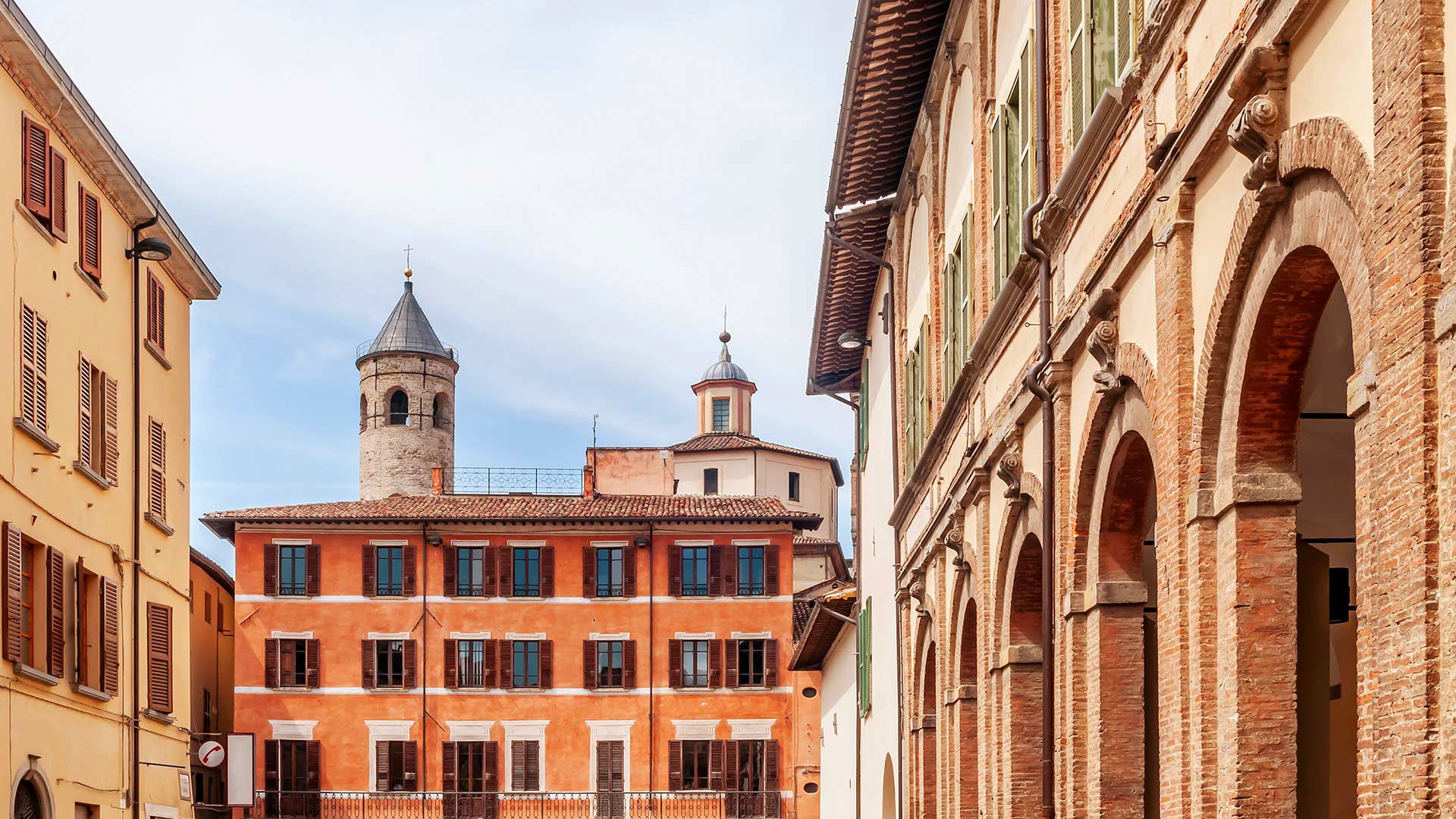
Second in importance, it was founded around the 10th century by Uberto, son of the King of Italy, and was named Fracta filiorum Uberti.
Among its most artistically significant buildings, besides the fortress—now used for contemporary art exhibitions—are the Churches of Santa Maria della Reggia and Santa Croce. The former features an octagonal layout with a 16th-century dome, while the latter, dating to 1651, houses an extraordinary painting by Signorelli: The Deposition from the Cross, along with several other artworks.
About five kilometers to the northeast stands one of the best-preserved defensive structures in the Tiber Valley: the Castle of Civitella Ranieri.
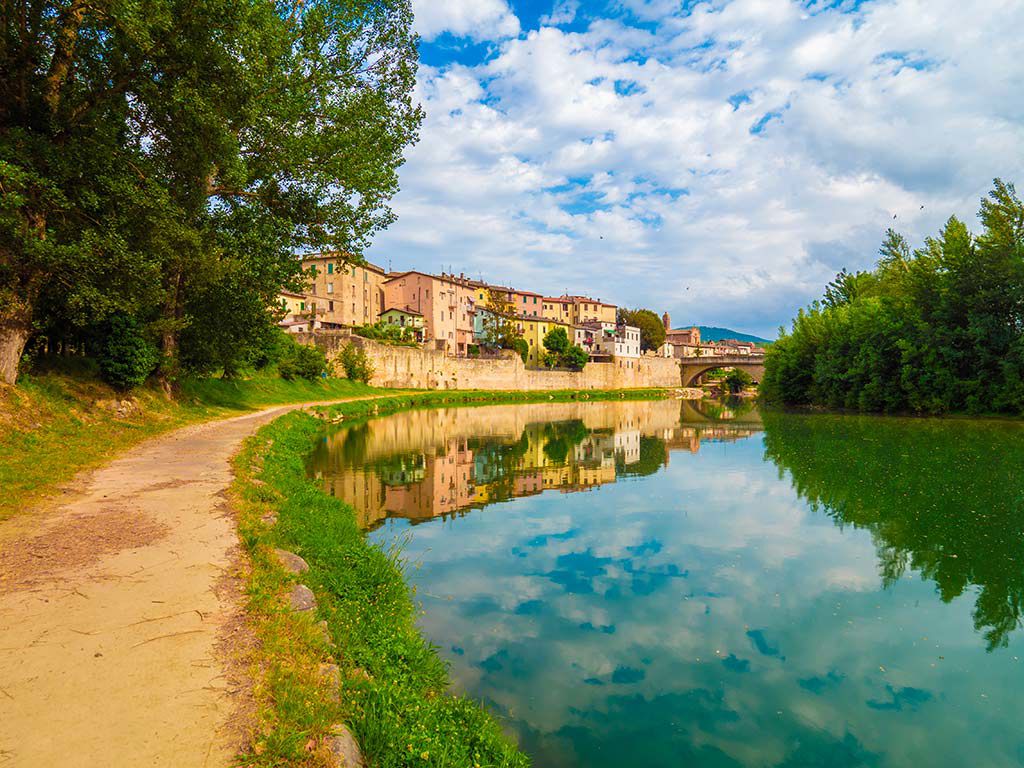
Assisi is known worldwide as the birthplace of Saint Francis.
However, the city’s historical importance is also linked to other events, both glorious and tragic, that shaped its past. With a population of 25,000—about 6,000 of whom live within the ancient walls—Assisi is a medieval city that has remained intact for centuries, still protected by a massive wall built on the western spur of Mount Subasio (424 meters above sea level). The city stretches longitudinally from southwest to northeast, built on overlapping terraces, with the Rocca fortress standing solitary and dominant at its center.
Its ideal geographic location and mild, dry climate make Assisi a pleasant destination year-round.
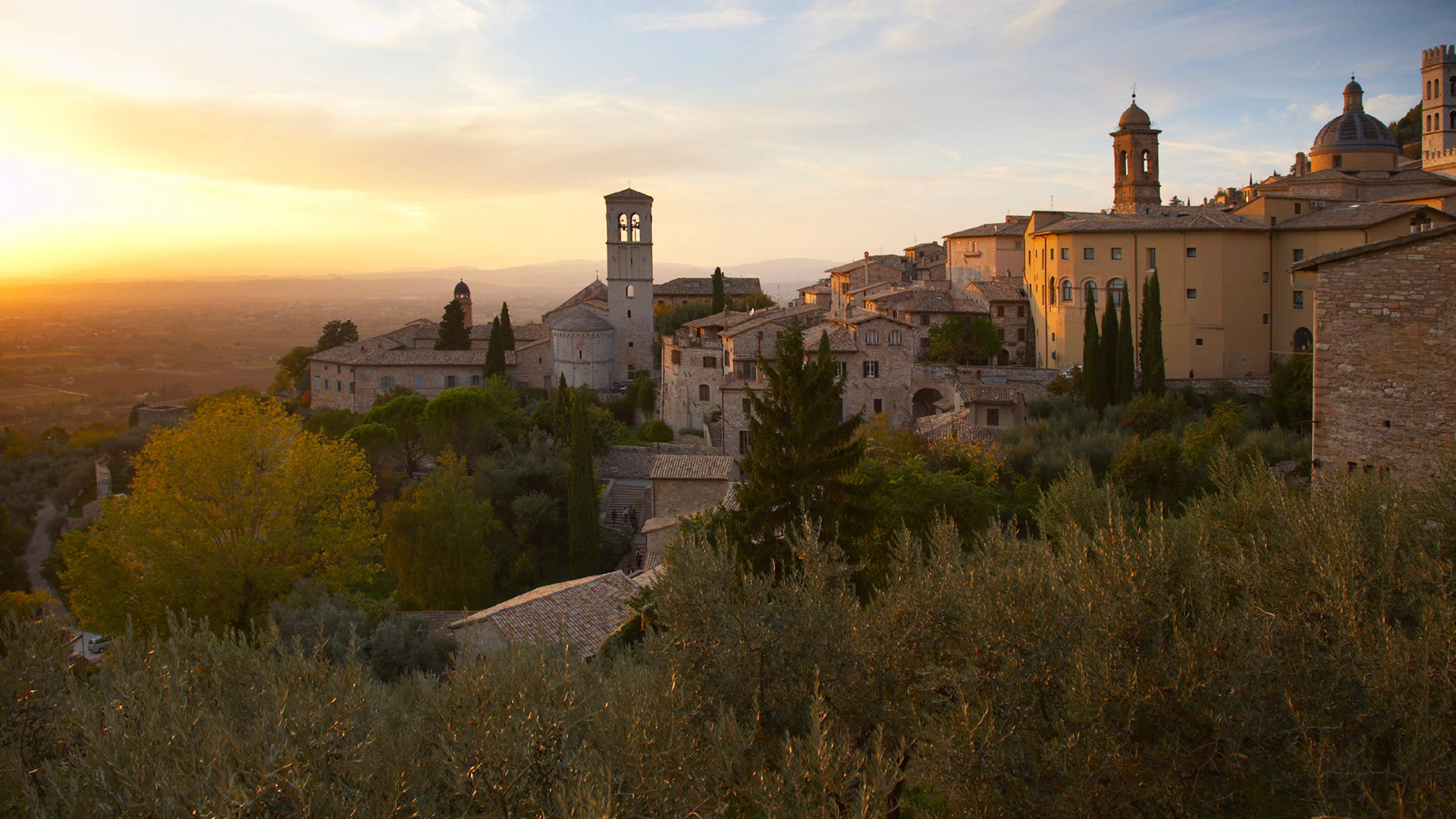
Gubbio is one of the oldest cities in Umbria.
Proof of its ancient origins includes the Eugubine Tablets and the Roman Theatre. Towering over the city is the monumental Basilica of Saint Ubaldo.
Must-see landmarks include the Ducal Palace, the Cathedral, Santa Maria Nuova, the Church and Convent of Saint Augustine, and the Church and Convent of Saint Francis. Also worth visiting is Piazza 40 Martiri with the Church and Hospital of the White Friars, the Loggia dei Tiratori, and the Church of Saint Andrew or Monastery of Saint Martial. Gubbio is internationally famous for the Corsa dei Ceri, held every year on May 15.
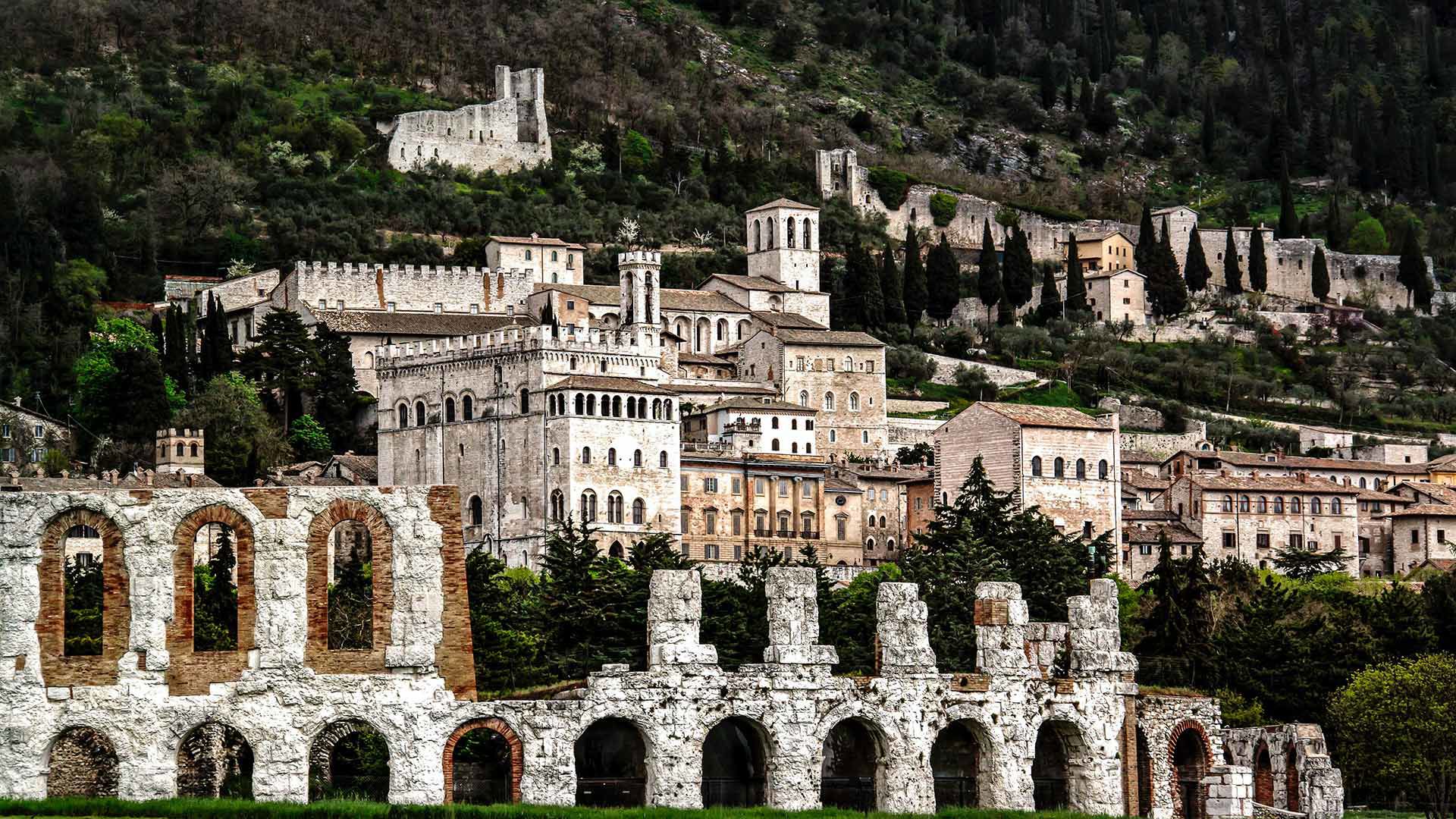
In the green heart of Umbria lies Lake Trasimeno, a true natural paradise.
Tuoro sul Trasimeno: A visit begins with a stroll through the quaint historic center, followed by a peaceful walk along the lakefront and a tour of the "Campo del Sole" Park.
Passignano sul Trasimeno: From the medieval village of Passignano, where you can see the 14th-century Torre di Ponente, visitors can take a ferry to the still-inhabited Isola Maggiore.
Castiglione del Lago: Built in classic medieval style, the town is enclosed by 12th- and 13th-century walls. Entry is through one of three gates, beyond which visitors can explore charming streets, alleys, and squares.
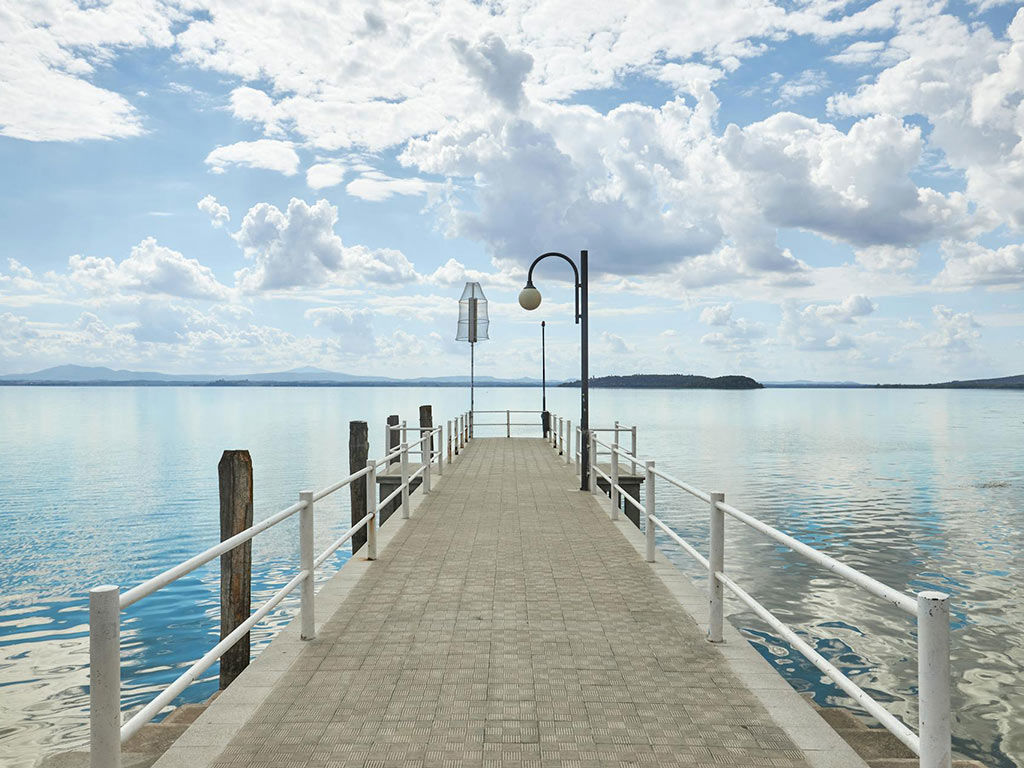
Capital of Umbria and one of Italy’s most distinctive art cities, Perugia welcomes visitors with the beauty of its prestigious past and the vibrant energy of its present.
Perugia carefully preserves the remains of ancient civilizations within a rich cultural and social setting, where culinary and artisan traditions coexist with cutting-edge contemporary art and the excitement of major events.
The city boasts an immense artistic and cultural heritage.
Among the highlights: the Etruscan Arch or Arch of Augustus, the Etruscan Well, Porta Marzia, followed by Piazza Italia and the iconic Corso Vannucci, leading to Piazza IV Novembre, one of the most beautiful squares in Italy, featuring the stunning 13th-century Fontana Maggiore.
Perugia is the city of chocolate and Italy’s jazz capital!
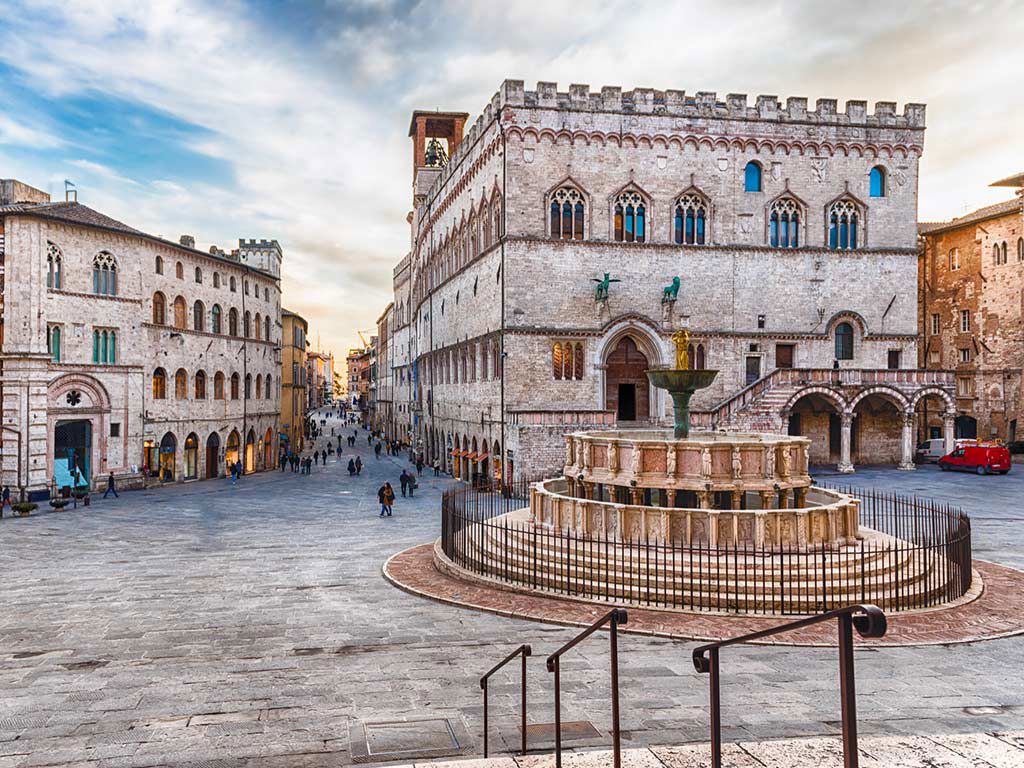
The Via di Francesco is a pilgrimage route by foot, by bike, or on horseback that links together several key places tied to the life and preaching of Saint Francis of Assisi. It is a spiritual journey designed to recreate the Franciscan experience across the lands once walked by the beloved saint.
The appeal and authenticity of the route lie in its historical fidelity: the landscapes seen by today’s pilgrims are the same ones that brought joy to Francis’s humble heart. Each stopover holds the memory of his words and deeds, and the people met along the way remain connected to his legacy.
Hotel Fortebraccio is the ideal hub for exploring the Franciscan path, as it lies exactly at the center of the stage from Pietralunga to Gubbio—or from Città di Castello to Pietralunga.
